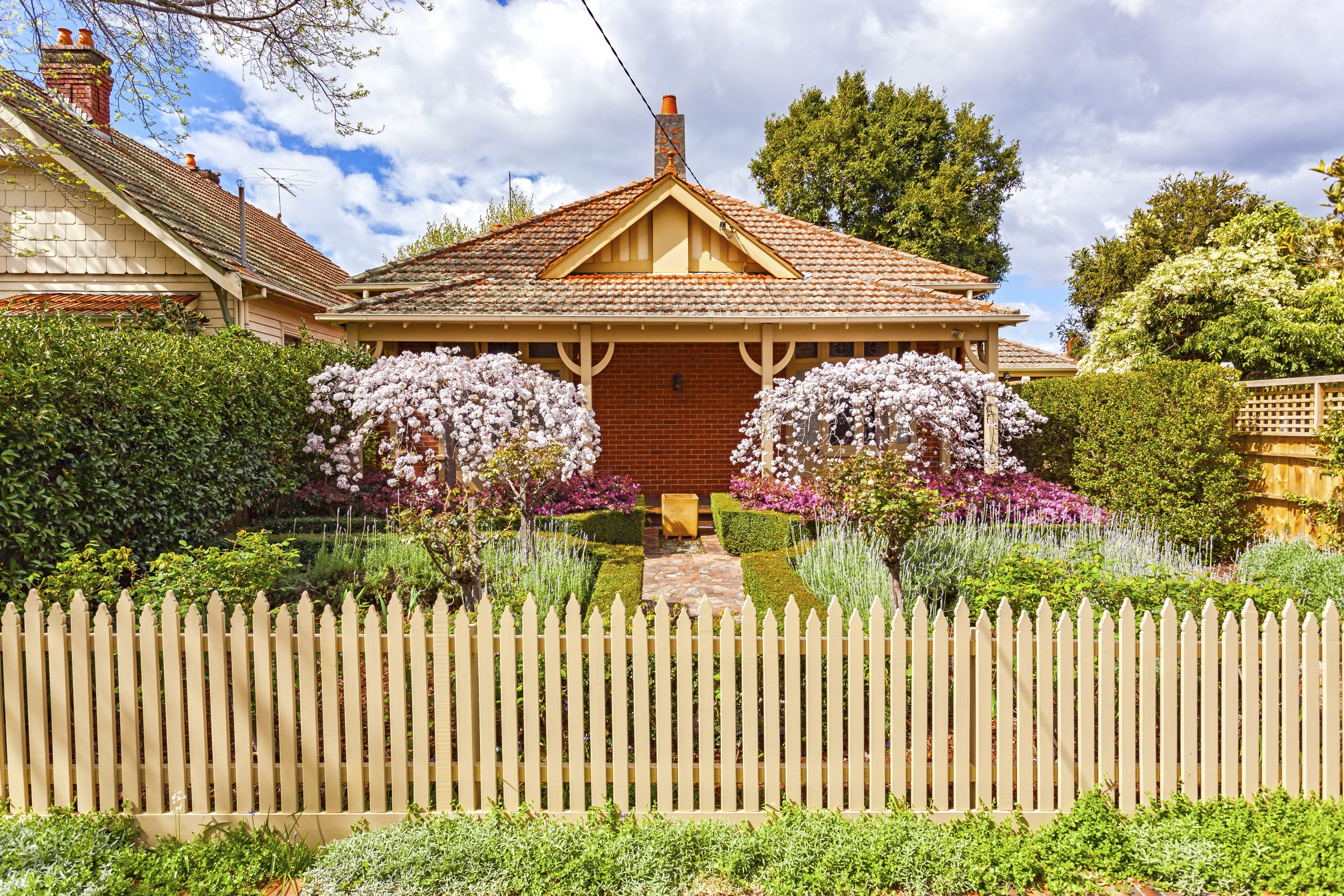
Owners can pour their heart and soul into creating a beautiful garden as part of their preparation for selling, but if the fencing looks shoddy, it’s a problem.
It won’t matter whether the roses are in bloom or the trees are in fruit, buyers will look at rotting or falling fencing and see dollar signs that need spending and it can wreck the curb appeal of your home.
It’s essential to fix this problem before selling so below are several common fencing types that can take your garden from ‘oh’ to ‘woah!’.
Be neighbourly – Often, you can split the cost of a new fence with your neighbour because it affects their property, too.
Stay in style – On most occasions, it’s best to select the type of fencing common to your neighbourhood. Avoid having one side of your garden with a timber fence and the other with a wall of sheet metal.
Your needs – Your selection should depend on the property’s specific needs, such as security, privacy, style and budget.
Colorbond – A product name synonymous in our part of the world with steel sheets coated with a layer of coloured paint. It’s durable, low maintenance and comes in various colours and designs.
Timber – A classic choice that’s versatile and can be used for a range of applications. It can be made from various wood types and stained or painted to match the surrounding environment. However, it may require regular maintenance and is less durable than other options.
Picket fencing – Not the cheapest option but perfect for the front of a home, especially older properties – and that’s where you’ll create that all-important first impression with prospective buyers.
Wrought iron – These can be bought in panels from major retailers. They can get expensive if you have a reasonably long area to fence. Aluminium may be more affordable, but a 2,500m x 900mm panel can still set you back $250-plus.
Glass fencing – An expensive but fantastic option for swimming pools and balconies. For safety reasons, you’ll need tempered or toughened glass, but they create a sense of spaciousness.
Chain link – An interlocking, wire mesh fence, it’s often used for security or areas such as a tennis court, but can also be used to support a climbing plant which will soften its edges.
Brick – More a wall than a fence, of course, but a viable choice for many owners. Brick will combine durability with security and aesthetic. It’s also easy to paint and decorate.
